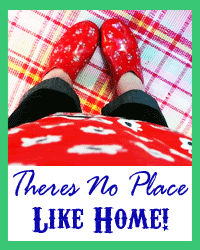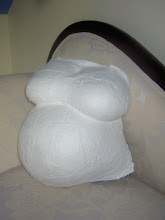Well, there's another week gone by! It's been a busy one and I feel I've lots to tell, but for today I'm just going to talk about our patch up the garden where the beasties hang out.
Alfie continues to spend too much time hanging out indoors. Good job he's cute and only very rarely snacks on laptop cables.
The ducklings are not quite three weeks old yet but are huge in comparison to their size at birth. They are probably more than ten times their birth weight now, if not much more. It's remarkable.
They are starting to feather and their backs look as though they will be well feathered within another week. Ping, one of the yellow ducklings has what looks like black roots! He's going to be a black duck. I say 'he' as I'm quite convinced he's a daddy. He has a curled up tail and roams around with his mouth open making low level noise - not quite a quack, just more of a drone.
By comparison, Duchess' yellow fluff appears to be being replaced with white feathers. What a flock of ragamuffins!
They have been loose in the garden now, but only when we can keep an eye. I don't trust the hens with babies, they're like velociraptors.
A rare sight to see one separate from the other two; it was just a brief moment.
They have gone from being tiny little things in the bathroom sick, to only just being able to get into a washing up bowl. I expected them to grow quickly but they have surpassed my expectations.
So, what else has been happening in the patch? Up until this week I felt rather smug when other poultry fanciers moaned about their battle with Red Mite. I felt particularly smug when our vet said his hens hadn't been clear for four years. Well, that satisfied smirk has been well and truly wiped off my face this week. We have Red Mite!
Red Mite live in the cracks and crannies of the hen house, coming out onto the birds to feed at night. They're tiny things, not quite the size of a pinhead and they suck hen's blood. They pose no risk in terms of affecting egg safety in anyway whatsoever, however, they can, if the infestation is bad, make the hens anemic and unwell.
Thankfully I think we have spotted it early on. There are no signs of anemia or other issues in the hens, however, I noticed a tiny one or two on my arm when I had been working in the coups the other day. Because I was suspicious we dismantled perches and other parts of the housing to have a thorough search. Our fears were confirmed. It wasn't mega, but they were there.
The trouble is they are very hard to eradicate and one of the main reasons I keep my own birds is because I want to know what goes into our eggs. I want to avoid chemical solutions at all costs. Firstly we tried an ozone generator in the housing. After an hour or so the tiny crawly things were scarcely moving, but we weren't convinced they were dead - most likely because the ozone couldn't reach necessary concentrations as there are so many ventilation holes.
Since our favored easy solution had failed it was time to bring in the big guns. We nigh on dismantled the whole structure and blow torched every nook and cranny. I felt so irrationally affronted by their presence that I almost set the (wood) houses on fire, such was my enthusiasm with the blow torch. If you've never used a blow torch before I can recommend it. It's very therapeutic.
So, there you have it, the ups and downs of this week in the patch. Here's hoping this week sees those beautiful little ducklings continue to grow while the Red Mite remain totally and utterly frazzled.
Summer Speed
2 years ago














2 comments:
Your ducklings are SO gorgeous, DD really enjoyed looking at the photos. We just got chickens in March. Only 2 (tiny garden) and no bugs so far thankfully. Don't know if the plastic eglu makes a difference. (Should do, cost enough lol!)
Well, I'm pleased to report that it's only our two wooden houses which appear to be affected - the eglu seems to be all clear. Watch out - we started out with an eglu and three chooks and look how they've multiplied :-) Plastic housing is certainly the way to go. We won't use wood again after this fiasco. We're hoping some plastic sheds will be well reduced at the end of the summer season and if so we'll rehome all our flock into those. xx
Post a Comment